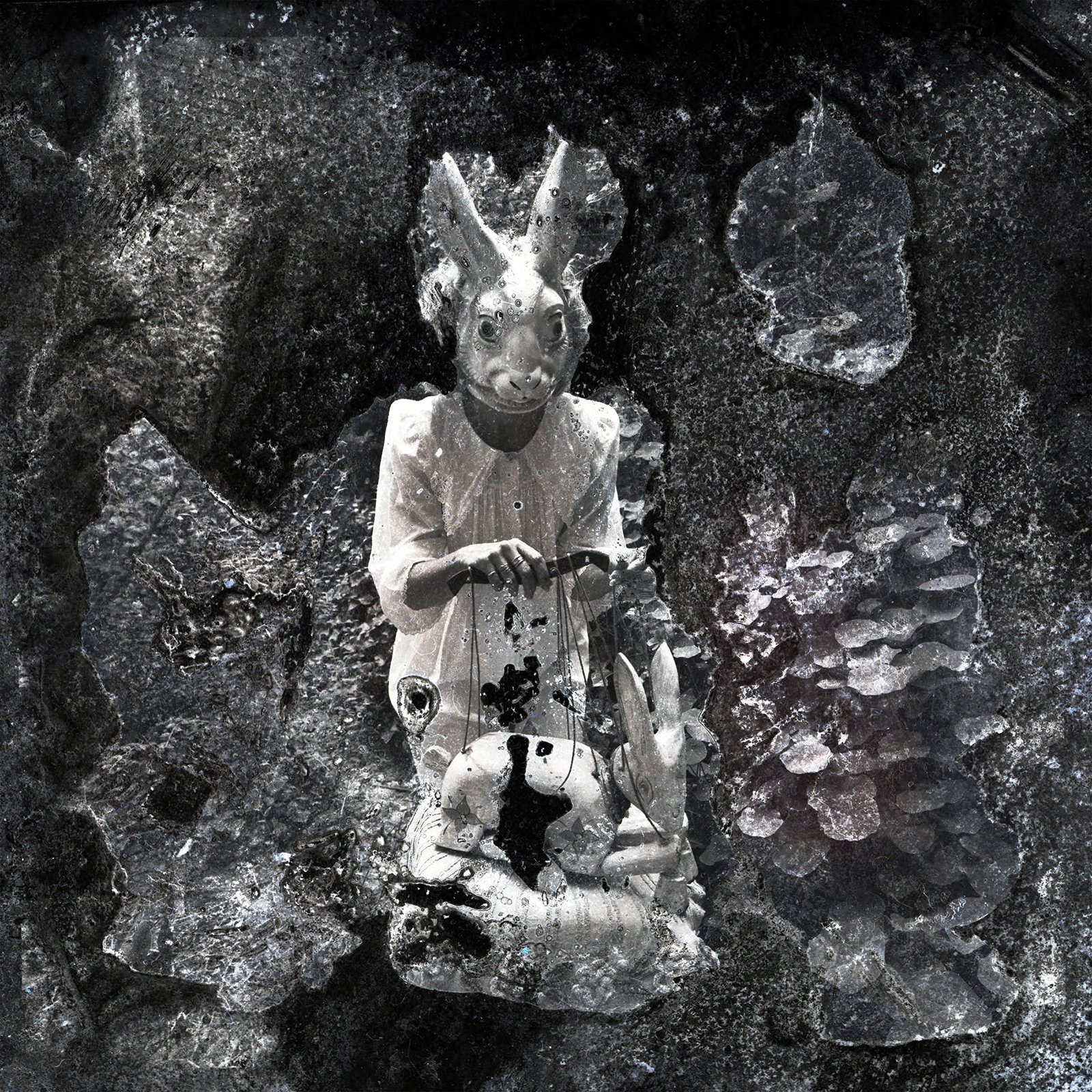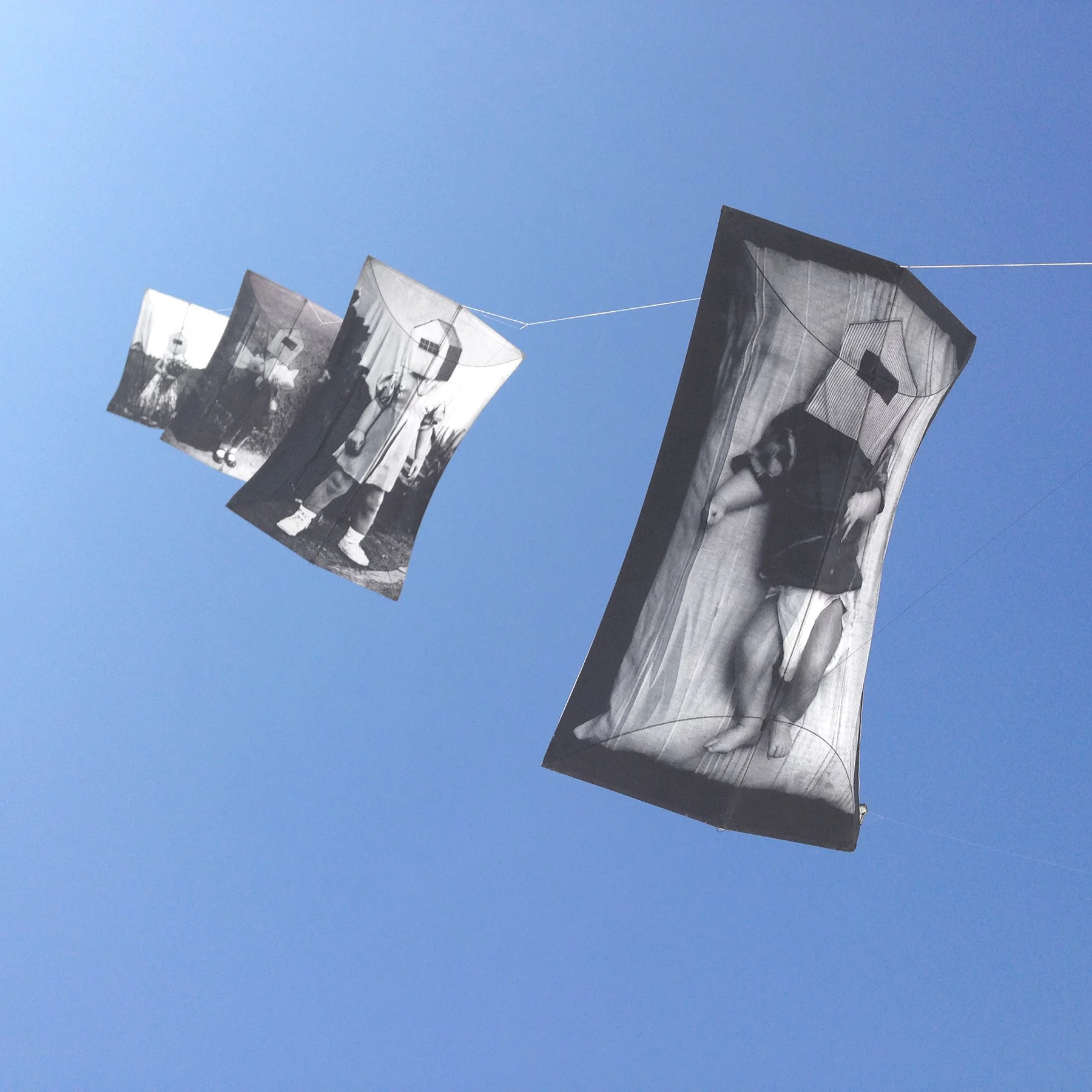I first met Melanie Walker in San Francisco in the late-eighties, early nineties, when she was teaching photography at San Francisco State and I was working at San Francisco Camerawork gallery. In 1992 she joined the CU Boulder department of art, where she now teaches in the Media Arts Area.
Melanie has received a number of awards including an NEA Visual Arts Fellowship, Colorado Council on the Arts Fellowship and an Aaron Siskind Award. We spoke at her home in Boulder in 2016 and again in 2021. This interview is a shortened version of an edit made by Melanie and myself in May 2022.
RJ: Can we begin by looking at your career path, how you eventually arrived here in Colorado?
MW: It’s challenging to say when my career path began, growing up in a family that was obsessed with photography. When I was about six I learned that not everyone’s father made pictures and I was shocked. I started doing my printing when I was about twelve, working with alternative processes. In high school, I was fortunate to attend a school that had the first photography program in the San Fernando Valley in LA. I was awarded photographer of the year in high school and was exhibiting work at the LA County Fair and National Scholastic Magazine.
When I graduated from high school, the only school I applied to was San Francisco State. I moved to San Francisco in '68 and was there until '72 in undergraduate school. In the interim, my father [the photographer Todd Walker] had been approached by Jerry Uelsmann to teach at the University of Florida Gainesville, while Jerry was on sabbatical. ... After I finished undergraduate school, I tried finding work around the Bay Area but nothing worked out, so I decided to move to Florida and be with my parents for a little bit in the interim. I applied for graduate school at Florida State University in Tallahassee and was accepted. I was the only woman in my program, which was a challenge in and of itself.
I got my Master’s in December 1974 and then started teaching at Pensacola Junior College that next semester. That was my first teaching appointment. I struggled for a few years, trying to find my voice after leaving graduate school, along with finding a way to work and striking a balance with teaching. I applied for jobs and was a finalist at Columbia College and also at SUNY Albany. I ended up going to SUNY Albany. I was there for either two-and-a-half or three years and returned to San Francisco after Neal White asked if I'd like to teach adjunct at San Francisco State.
RJ: Neal White’s a new name to me. Who is he?
MW: He was a professor with Jack Welpott and Don Worth. He'd come out of UCLA. Neal was primarily a filmmaker, but he also did photography. He'd been one of my professors when I was in undergraduate school. Neal was very supportive.
I taught at San Francisco State until 1986 and then I applied for jobs again with adjunct jobs disappearing due to political and economic circumstances in California. I taught at Alfred University for two years in upstate New York mainly to have the opportunity to work with John Wood. Alfred was a college of ceramics and it was impossible to get clean prints because there was clay dust everywhere, so rather than fighting the dust integrated it into my process, intentionally placing my damp negatives into piles of clay dust. I printed them as three-foot square mural prints, applying bleach and toners to many of those prints as part of my Endangered Species series (above). I made the costumes and photographed myself or other people wearing them— a saguaro cactus costume, a rattlesnake costume, an endangered parrot costume, an endangered rabbit, trees, turtles, all kinds of things.
After processing the film, I selected one of the negatives and put rubber cement on parts of it that I didn't want to be distressed. Other parts of the negatives decayed using things like laundry detergent, which is basically sodium carbonate, or I would take a razor blade to them when the emulsion was still wet. I did a lot of research for that project. After I moved to Colorado they were exhibited at the Arvada Center in an installation. I painted the walls to be reminiscent of a weathered Victorian space and exhibited the costumes, and the photographs. There were ten large scale prints altogether with engraved plaques that had the name of the animal in Latin. The frames were made of fake fur and animal skins that related to each of the animals depicted.
Endangered Species installation at the Arvada Center, CO, ca. 1995.
In that Endangered Species series there was a particular image of a chimpanzee. The chimpanzee is wearing a bandleader’s uniform and riding on the tricycle. That work is related to my earliest memory from my eye surgeries when I was probably three years old. I woke up strapped in a hospital bed with an eye patch over one eye to see the chimpanzee riding toward me. It was very surreal and has influenced how I experience the world. Also, with my blindness and my double vision I see like a camera. I think that's been a big part of my life journey.
I made that chimpanzee piece because it had always haunted me. A friend who was a gallerist in Orange County, California invited me to do a show along with a woman who was a painter. We'd never met before. We started installing our work and talking only to discover that she'd had the same surgery at the same hospital, the same year, for the same problem. It was the Children's Hospital in Hollywood. Her father came to the opening and she told him of this coincidence. He remembered that a man would bring his pet chimpanzee to the hospital to entertain the children so through making this piece, I found out that this image, which had always haunted me, that was so surreal, was something that really happened.
RJ: Can you talk about your MisNomer series? (Above, L-R: MisAllegiance; MisChose; MisIlluminate.)
MW: It started with a family history. I grew up in a weird family and puns were common around the house. My sister and I would come home from school and we'd talk about something that happened in class that was a misunderstanding and he would say, “it's Miss-Understood, 1962." That kind of personal history was part of the MisNomer pageant although there is a very serious side as well. “Mis-” as a prefix on a word means wrong or incorrect and as women, historically we have been referred to as Miss + the father’s name until marriage, so I was questioning the gender biases inherent in language.
RJ: This was a costume project as well?
MW: Yes. I made all the costumes. The photographs were all self-portraits. For MisUnderstood, I made a shoe hat and a costume that was reminiscent of a checkerboard floor. It's challenging to illustrate language through pictures. MisHap included broken dishes. MisAllegiance refers to the Statue of Liberty with a costume made of stars and stripes along with a white wig and a tiara with a star on it and I was holding a globe. MisConception was made from appropriated images of a fetus in vitro and the costume included a clutch purse as well as a birth control pillbox hat.
The images were made with a 35mm film which I printed onto a transparency film. I used sandpaper, razor blades and paint working to either add or subtract from the original images. In some cases I layered my transparent images with other images from the history of photography. In MisAllegiance, I used one of Robert Capa's photographs of the soldiers at war and a bomb exploding. In MisJudge, the background was one of John Hartfield's self-portraits.
RJ: How did you do that? Were these double exposures, collage, or …
MW: It was more like montage and part of the Polaroid materials grant so I used Polaroid 55P/N film. I rephotographed the manipulated film with a 4 x 5 view camera and in some cases I used my dad's process camera that he built.
Todd Walker at Center of the Eye, Aspen, c. 1970. Photographer unknown. Collection of Alex Sweetman/Cherie Hiser Archive
RJ: Your father was a huge influence on you.
MW: Just in terms of constantly working and experimenting. He had a lot of successes when he was in the advertising world and decided when he left the commercial work behind that he was going to do his work for himself. This was before there was any sort of market for art photography.
RJ: What time period are we talking about now?
MW: This was in the ’70s, after he'd moved to Florida. He was a colorist and a lot of his work was based on challenging the Zone System. He dissected his black-and-white images making a variety of exposures to get different values and tones out of one image. He then put them back together assigning a color to each value he was able to extract from each negative. He was driven by his work ethic and that has stayed with me.
He started self-publishing artist books in 1965. He named it The Thumb Print Press. My mother got him a letterpress, so he started hand-setting type and taught himself how to do the collotype process, which was the very beginning of image reproduction. His first portfolios and books were all done with collotype. … He was also an early adopter of historical processes in the early sixties due to his prowess with chemistry, as well as digital, acquiring a computer in 1981. He taught himself machine language so that he could write programs in order to manipulate his black-and-white negatives, again, employing his unique color sense that he developed from cleaning paint buckets. His example was so inspiring, working because he was inquisitive and wanted to see where the work would go next.
END OF PART ONE
All images by Melanie Walker unless noted.
This interview is edited from two separate recordings made on November 22, 2016 and August 21, 2021. It was edited for clarity and length with Melanie Walker in May 2022.
The Colorado Photo History blog is the online presence for “Outside Influence,” a book project by Rupert Jenkins. As always, please leave a comment or a suggestion for future posts, and visit #Colorado Photo History on Instagram and Facebook.
#coloradophotohistory @coloradophotohistory #outsideinfluence #melaniewalker #gelatinsilverprint #alternativeprocess #alternativeprocesses #kites











